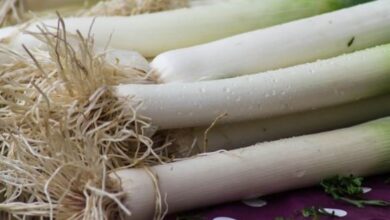lantana care
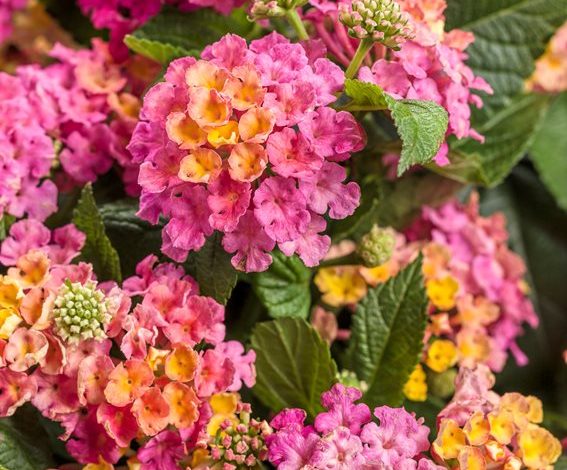
One of the most outstanding characteristics of this beautiful plant is that it has small flowers with different colors in the same cluster; therefore, it is used as an ornamental species. Likewise, it is undemanding and low maintenance, so it can be easily grown in pots or in home gardens.
Lantana is popularly known as the Spanish flag, grass of Christ, cariaquito, flower of blood or seven colors. More than 150 species of this genus are known, grouped into variants such as the ground cover or creeping lantana, those of compact size and also in the form of large bushes.
Aspects to consider for lantana care
Light or natural lighting
The main aspect to take into account, and which is essential for lantanas to grow and develop optimally, is the presence of natural light.
In this sense, it is advisable to plant it in an outdoor space where it receives direct sunlight all day, or where it can enjoy full sun exposure with intervals of shade.
The reason why this species needs to receive a high dose of sun is related to its maximum flowering; since the more light the lantana receives, the more abundant and colorful its flowers will be. The opposite occurs when the plant is planted in a shaded environment; in these cases, it will produce few flowers and these will not have the intense and varied colors that the species usually generates.
Irrigation
In the same way that lantana requires high doses of sun; on the other hand, it is a plant that requires little amount of water. For this reason, the next aspect that we must consider to give this species the best living conditions is to provide it with little irrigation.
Since they are plants that tolerate drought well and prefer warm and sunny climates, the frequency of watering should be moderate; preferably with a distance of once a week.
However, if the plant is exposed to a windy environment, these could quickly dry out the soil; so in these cases it must be watered twice a week, taking into account that we must let it dry completely between one watering and the next.
On the other hand, if we are in the rainy season, it will not be necessary to water it. This is because excess moisture is a cause for the appearance of fungi and other pests that could cause significant damage to the plant.
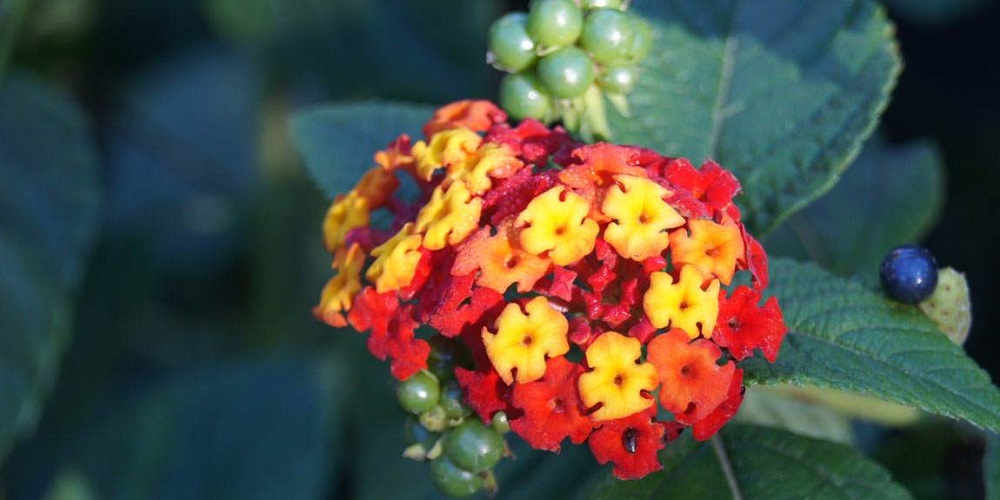
Soil and compost conditions
We must consider the richness of the soil and also the appropriate time to apply the substrate or the fertilizer, regardless of whether it is the care of the potted lantana or the lantana that has been grown directly in the ground.
Thanks to the fact that it is an undemanding plant, it is capable of adapting to any terrain. However, it is important that the soil has excellent drainage ; since its roots do not tolerate waterlogging. For this, irrigation or rainwater should drain freely.
Likewise, for best growth results, the soil must be enriched with a good fertilizer. A substrate or soil poor in nutrients prevents the plant from offering its best blooms.
For this reason, it is advisable to use a liquid fertilizer specially formulated for flowering plants, rich in minerals such as nitrogen and potassium, along with irrigation. This fertilization should be done at a time of day when the temperatures offer a pleasant climate, if it is very hot it is best to wait. Likewise, we must apply it with a frequency of every 15 days.
Temperature
The lantana plant loves warm, sunny climates , which keeps its leaves and flowers evergreen. If the plant has been placed outdoors and temperatures drop below 5°C, we could cover it with plastic. With the cold it can lose its flowers and leaves; however, if we have taken care of the soil and its roots, when spring arrives it will sprout again.
Learn to grow it at home
As it is a plant that prefers sun and heat, the best time of year to grow lantanas is during spring; since in this season the low temperatures and the cold of winter have already culminated. This task is carried out by means of seeds or woody cuttings that have been cut once flowering has passed.
In the case of growing it directly in the garden soil, it is preferable to bet on species such as the camera lantana; one of the best known and used as an ornamental shrub, since it can reach 2 meters in height.
For the lantana camara, the care is usually the same as that applied to other species; however, at the time of sowing we must leave enough space for it to develop and grow. For this reason, experts advise keeping a distance of 80 cm between the crop, the walls and other plants.
Lantana is also ideal for planting in pots , especially if our geographical area has a cold climate, since we can easily protect it from low temperatures. The pots should preferably have a diameter of approximately 30 cm and it is advisable to plant small species.
Likewise, it can be successfully grown on borders or in hanging baskets. For these cases, the species that could show off the most is the lantana montevidensis, a creeping species with flowers in subdued colors.
In any case, for its cultivation we must make a deep hole in the ground with any of the shovels that we have available for this purpose. Once we have done this, we place the lantana, cover it with the substrate and proceed to water.
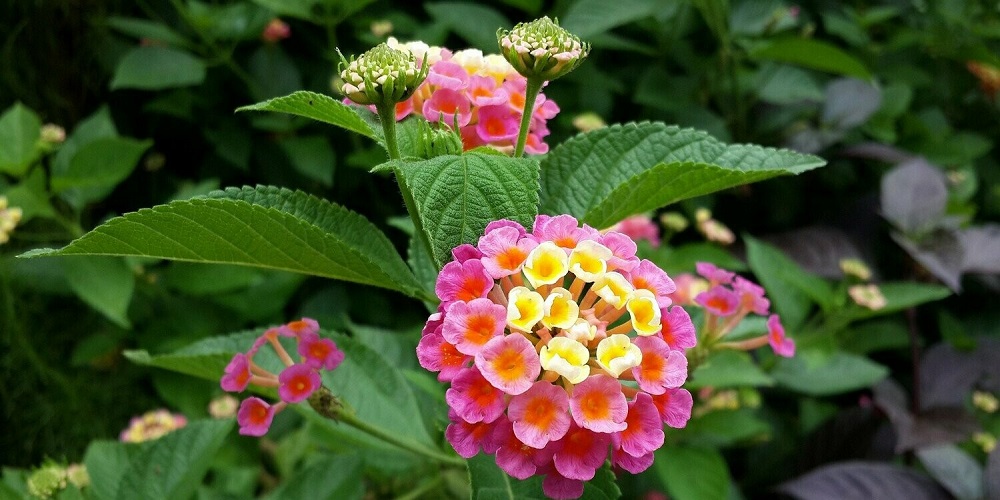
Bloom
In the case of lantana, the flower is small in size and is present in large clusters; it offers an abundant flowering and for a long time; It usually covers from the spring season to autumn. It also offers a wide variety of colors. In fact, you can find white, lilac, red, yellow lantana and more. The most interesting thing is that its tones tend to be deeper as the flower matures.
Today, gardeners and landscapers exhibit new variants, such as the lantana bonsai; an ornamental dwarf species that can withstand both summer and winter without problems, as long as it is indoors.

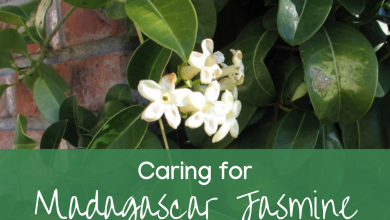
![Photo of Tradescantia Pallida or Purpurina: [Sowing, Care, Irrigation and Substrate]](https://www.complete-gardening.com/wp-content/uploads/2021/06/Tradescantia_pallida_1568322704-390x220.jpg)
